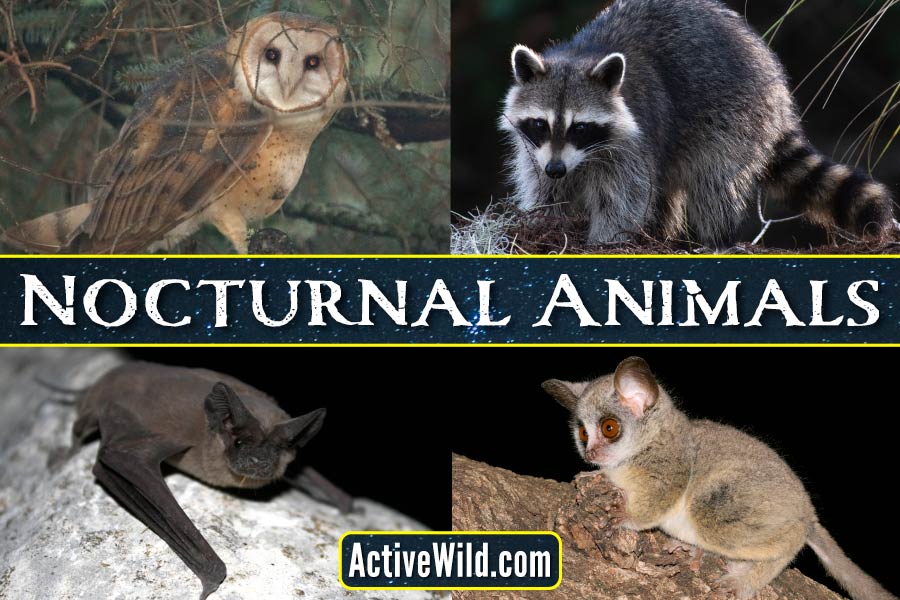List of nocturnal animals with photographs and fascinating facts
Nocturnal Animals
Nocturnal animals are creatures that are active during the night. These animals have specialized adaptations that help them thrive in low-light conditions, such as having large eyes for better vision in dim light and heightened hearing and sense of smell. Examples of nocturnal animals include aardvarks, bats, moths, owls, raccoons, Tasmanian devils, and wolves.
Scroll down to see our top 20 list of nocturnal animals…
Diurnal & Crepuscular Animals
Diurnal is the polar opposite of nocturnal. Animals that are active during the day are called diurnal animals. At sunset, crepuscular animals are active (i.e. Throughout the day and at night, there are
Nocturnal Animals List
What is your favorite nocturnal animal? Do you have any suggestions for who we should add to the list? Tell us what you think in the comments section!
Aardvark

- Type of animal: Mammal
- Where found: Africa
In the majority of Sub-Saharan Africa, the aardvark is a nocturnal animal. It uses its keen sense of smell and hearing to locate termites and ants, which it then consumes. The aardvark has powerful claws that it uses to break open insect nests and dig tunnels where it lives.
Aye-Aye

- Type of animal: Mammal (Lemur)
- Where found: Madagascar
The aye-aye, which can grow up to 3 feet (90 cm) in length, including its long tail, is the largest nocturnal primate in the world.
As a forager, the aye-aye taps on trees at night to locate food. By listening to the sound, it can determine if there is a tasty insect or grub hidden beneath the bark.
Unfortunately, the aye-aye has been associated with bringing bad luck, leading to persecution and superstition. As a result of this and habitat loss, the aye-aye is now considered an endangered species.
Badgers
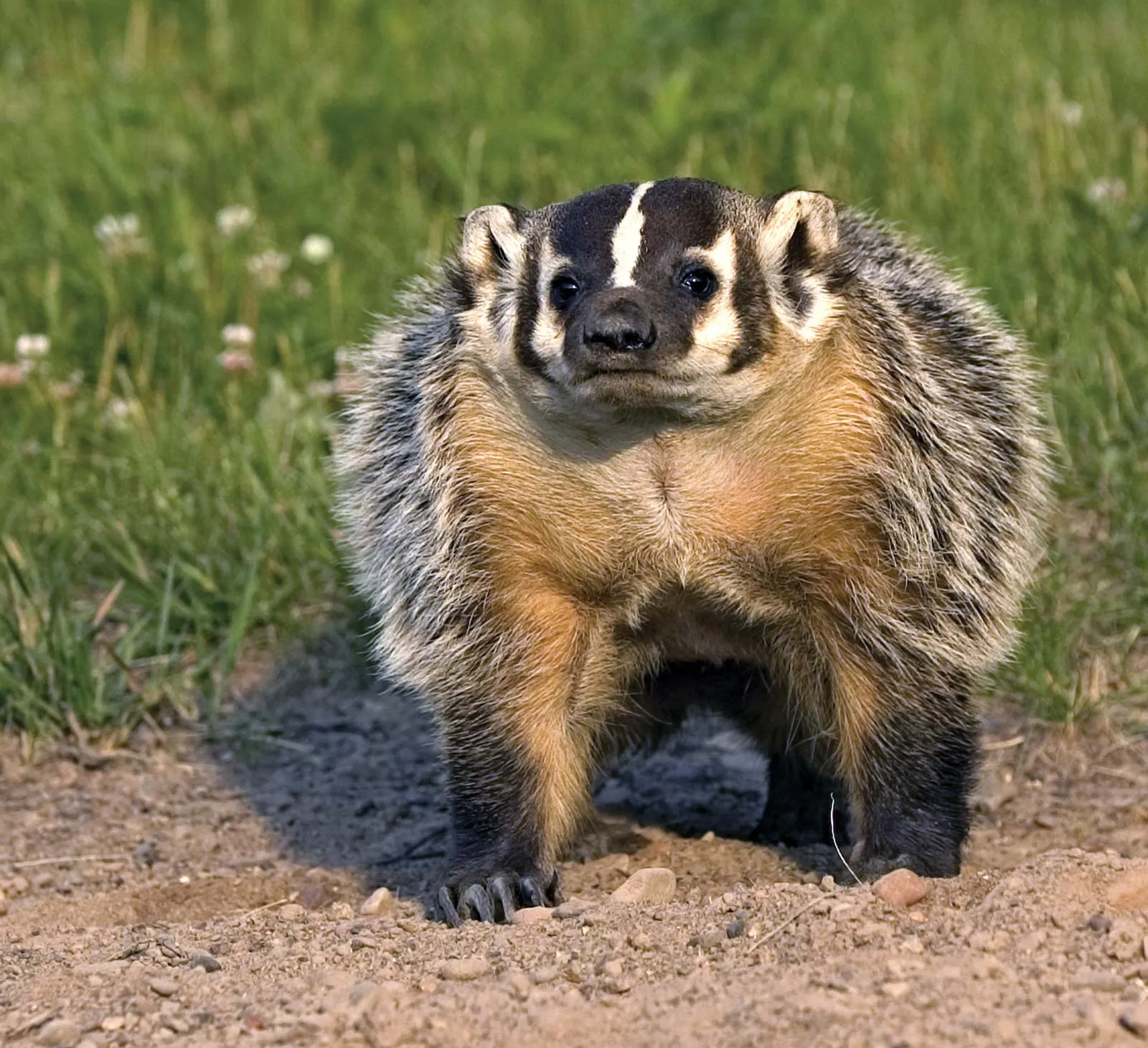
- Type of animal: Mammal (members of the family Mustelidae)
- Where found: Europe, North America, Asia, Africa
The weasel family, or Mustelidae, comprises 15 badger species, including the American badger, European badger, and honey badger, which is native to Africa and has a distinct black appearance.
Badgers are known for their powerful claws and short legs, which make them excellent burrowers. They spend the majority of their day in underground burrows called setts, emerging at night to hunt and forage for food.
Bats
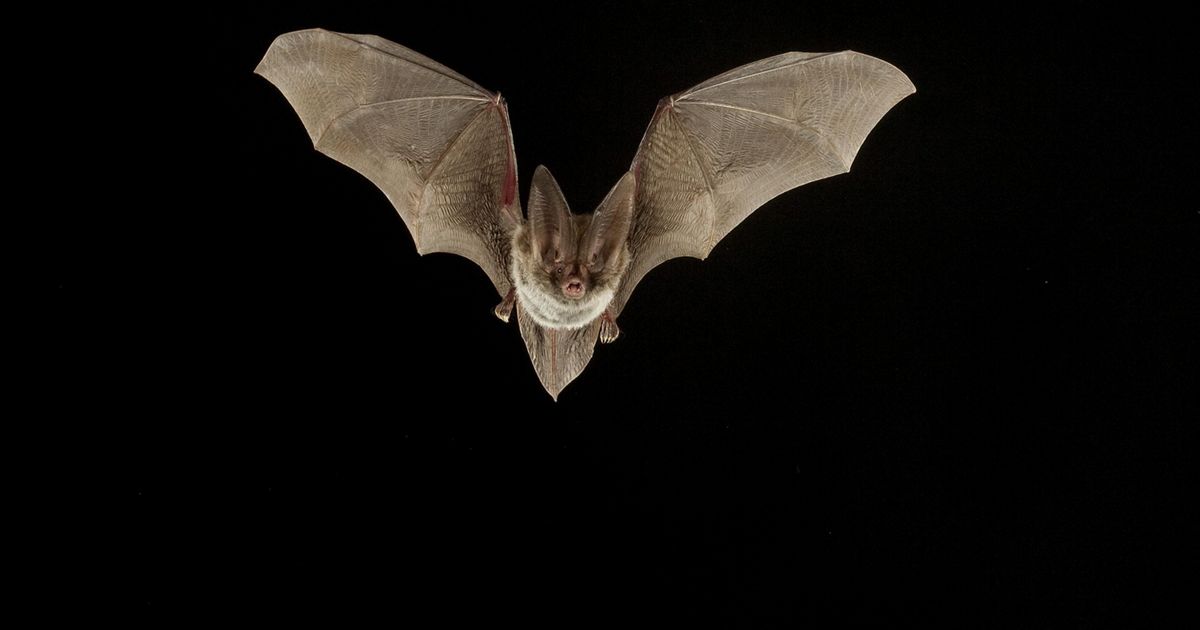
- Type of animal: Mammals (order Chiroptera)
- Where found: Every continent except Antarctica
Bats are a well-known nocturnal animal that is often associated with witchcraft due to their nighttime habits.
Bats have wings that are formed by stretched-out skin on their fingers, and the order Chiroptera encompasses approximately 1,400 species of living bats.
There are two main types of bats: megabats, also known as fruit bats, and microbats. Microbats use echolocation to locate their prey, while megabats do not.
Catfish
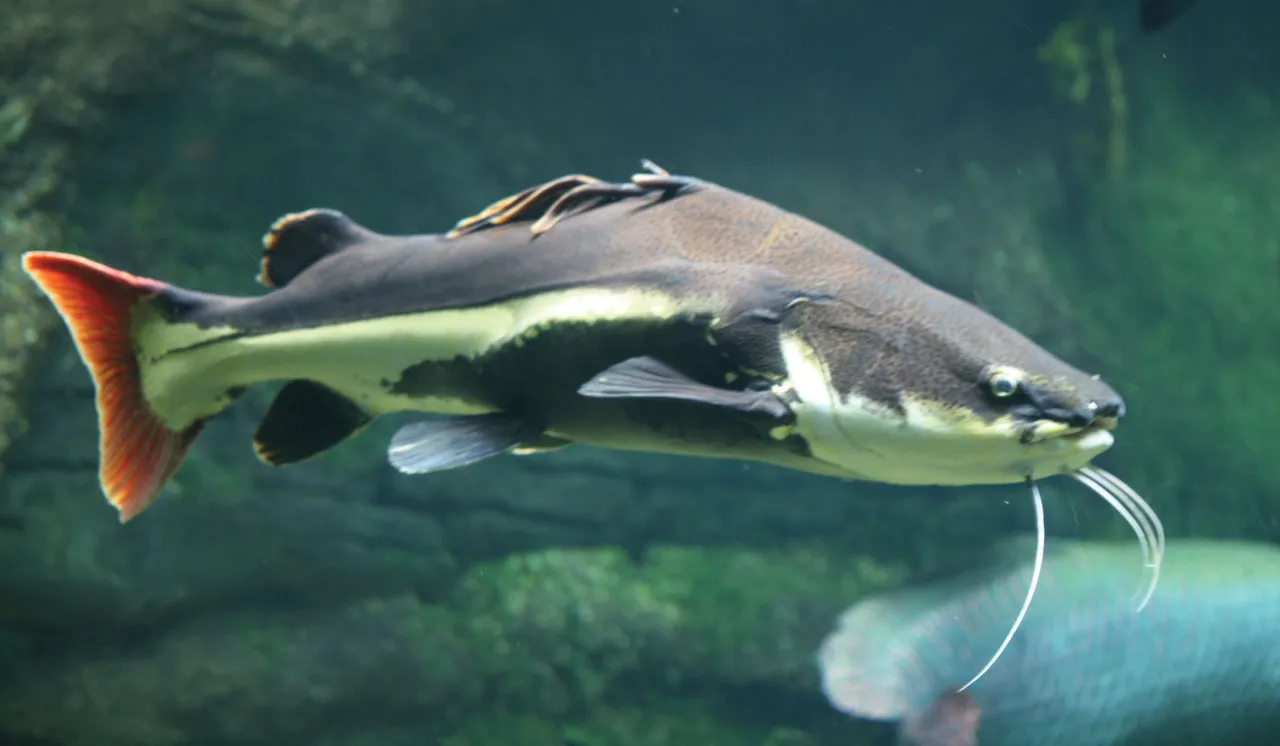
- Type of animal: Fish (order Siluriformes)
- Where found: Every continent except Antarctica
Catfish belong to the Siluriformes order of fish, and are named for their long, whisker-like barbels that resemble a cat’s whiskers. Not all catfish species have these barbels, however.
Some catfish species can grow to be quite large, such as the wels catfish, a European species that can reach lengths of up to 16 feet (5 meters). Other species are much smaller.
While many catfish live in freshwater environments and are nocturnal, this is not true for all species. Roughly half of all catfish species have venomous spines.
Firefly
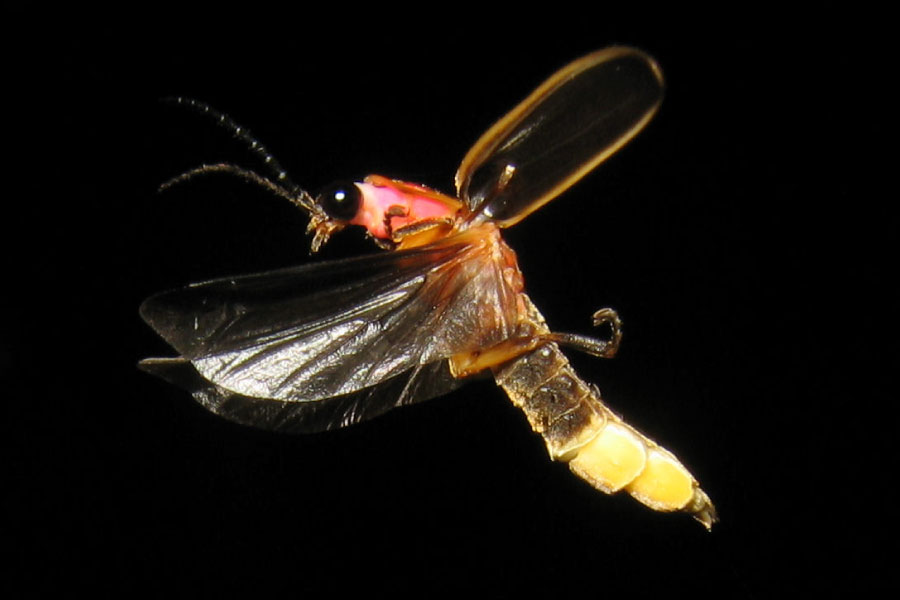
- Type of animal: Insect (family Lampyridae)
- Where found: Temperate & tropical regions worldwide
Fireflies, despite their name, are actually beetles belonging to the Coleoptera order. Outside of the Americas, fireflies are also known as “glow worms”.
The Lampyridae family, which comprises around 2,000 species of fireflies, are mostly nocturnal insects that produce light through chemical processes in specific parts of their body, known as bioluminescence.
While most fireflies use their light to attract mates, some species use it to lure prey as well.
Flying Squirrels
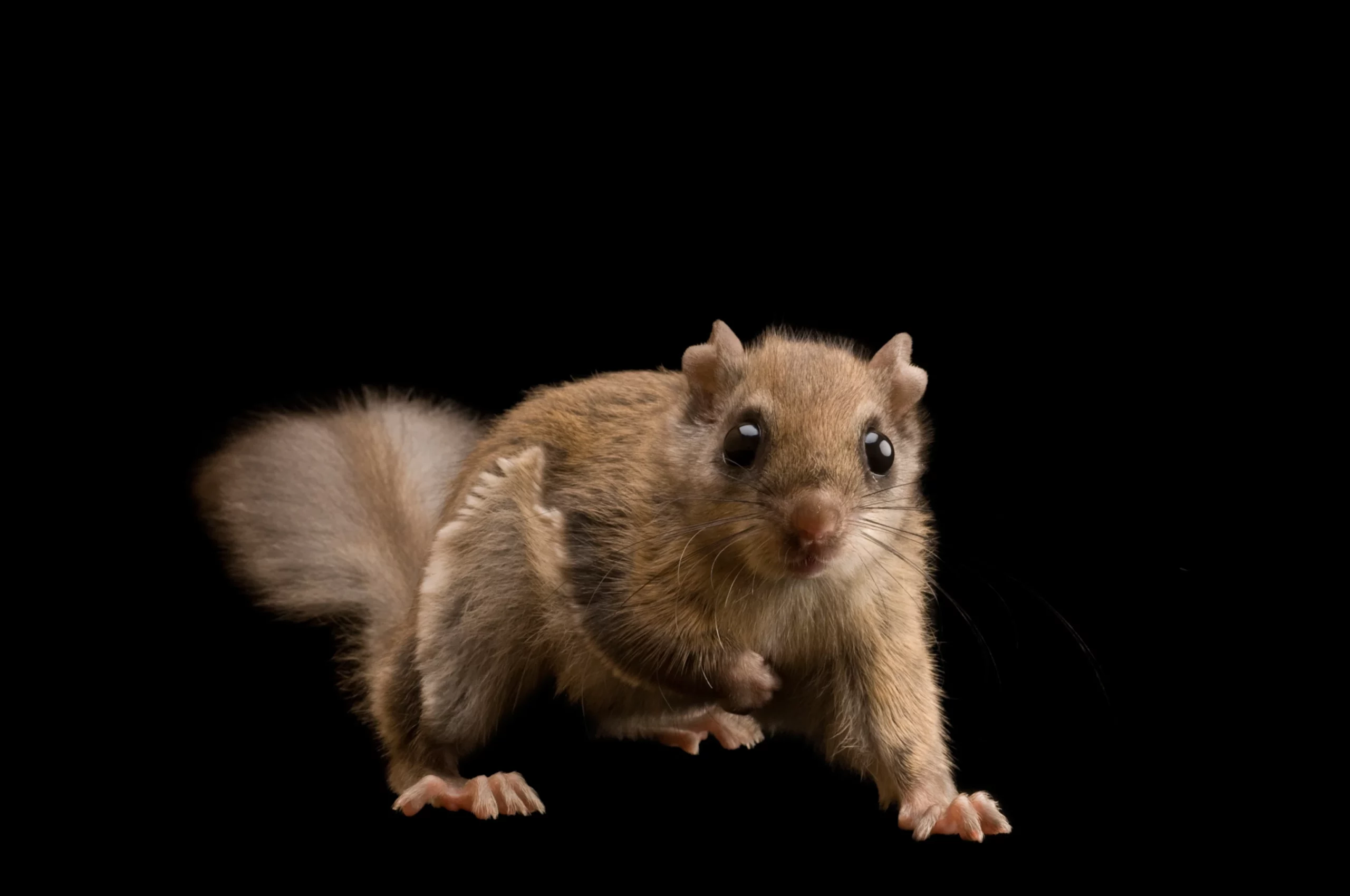
- Type of animal: Mammal (family Sciuridae)
- Where found: Asia, Europe, North America
Flying squirrels have a wing-like membrane, called a patagium, that stretches between their arms and legs, enabling them to glide from tree to tree.
Most flying squirrel species are found in Asia, although three species are found in North America and three in Europe. The Glaucomys genus includes North American flying squirrels, such as the southern flying squirrel, northern flying squirrel, and Humboldt’s flying squirrel.
As nocturnal animals, flying squirrels are active mostly at night. Despite their name, they are not capable of true flight, but glide through the air with the help of their patagium.
Galagoes (Bushbabies)
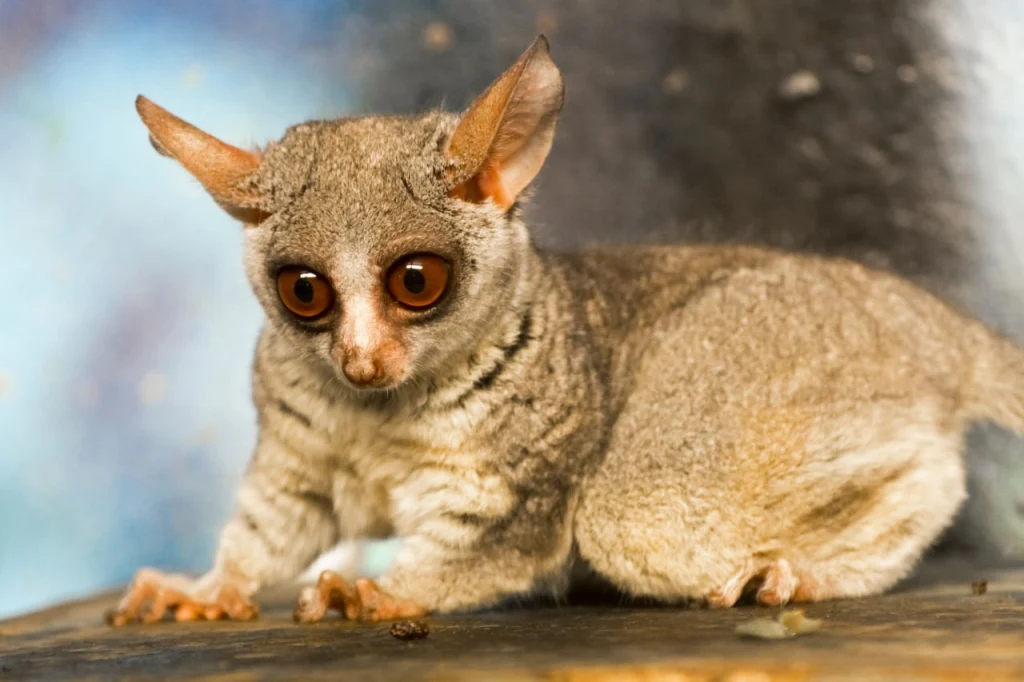
- Type of animal: Mammal (Primate, family Galagidae)
- Where found: Africa
Galagos, a family of small nocturnal primates, are found in sub-Saharan Africa. They have large eyes, like many other nocturnal animals, which allow them to see in low light conditions.
Galagos primarily feed on insects, which they can locate by sound using their long ears and excellent hearing abilities.
There are approximately 19 species of galagos, and each one has its own unique call. Because of their high-pitched cries that resemble a human baby’s voice, they are also known as bush babies.
Hedgehogs
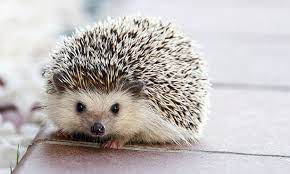
- Type of animal: Mammal (subfamily Erinaceinae)
- Where found: Europe, Asia, Africa
Hedgehogs are mammals that belong to the Erinaceinae subfamily. There are hundreds of species of hedgehogs, all of which have stiffened hairs that serve as a defense mechanism against predators. When threatened, a hedgehog can roll into a ball to protect itself.
Hedgehogs that live in colder climates hibernate during the winter months.
Leopard
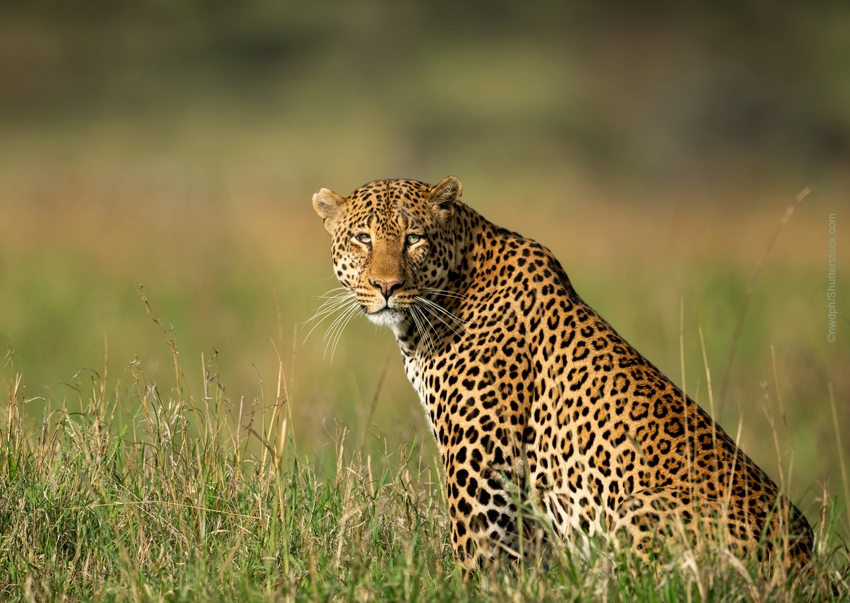
- Type of animal: Mammal (family Felidae)
- Where found: Africa, Asia
The leopard, known for its spotted coat, is one of the most recognizable wild cat species. The leopard’s spots, also called rosettes, are its distinctive feature.
Like many other wild cats, leopards are mostly active at night. They have a layer in their eyes called the tapetum lucidum, which enhances their night vision by reflecting light back through the retina. At night, the tapetum lucidum also causes a cat’s eyes to appear to glow.
The leopard has the largest range of any wild cat species, spanning much of Africa and Asia. Despite its wide distribution, the leopard is classified as “Vulnerable” and is endangered due to habitat loss and poaching.
Night Monkeys

- Type of animal: Mammals (order Primates, genus Aotus)
- Where found: Central and South America
The night monkey is the only group of monkeys that is entirely nocturnal, consisting of eleven species. With their large brown eyes, which lack color vision, they have adapted to see in low light conditions.
The Aotus genus of night monkeys is named after their almost invisible ears, which are hidden by their fur.
Apart from their exceptional vision, night monkeys also have a keen sense of smell that helps them locate food during the night.
Moths
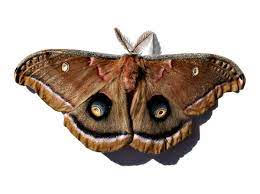
- Type of animal: Insect (order Lepidoptera)
- Where found: All continents except Antarctica
The Lepidoptera insect order includes moths and butterflies. Moths are much more diverse than butterflies, with around 160,000 species compared to approximately 18,500 species of butterflies.
Most moths are active during the night, although there are some species that are active during the day. Nocturnal moths are often attracted to artificial light, a phenomenon known as phototaxis. The exact reason for this behavior is not completely understood, but it is believed that moths use natural light sources, such as the moon, to navigate, and artificial light sources can disorient them.
Nightjars
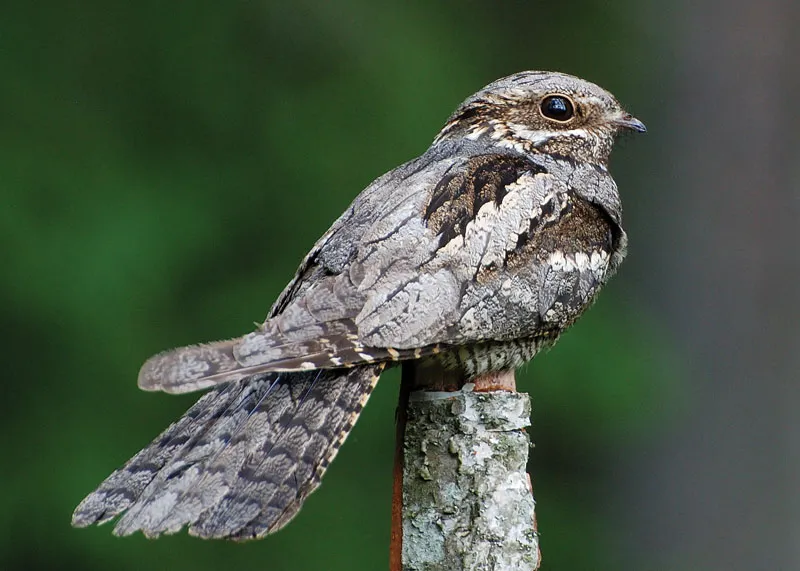
- Type of animal: Bird (family Caprimulgidae)
- Where found: All continents except Antarctica
Nightjars are a family of nocturnal birds that have long wings, well-camouflaged plumage, and short beaks that distinguish them from other birds. The family includes nighthawks, which are found in North America.
Due to their nocturnal nature, nightjars have often been the subject of superstitious beliefs. In the past, people believed that nightjars sucked milk from goats, which is why they were called “goatsuckers.”
Opossum
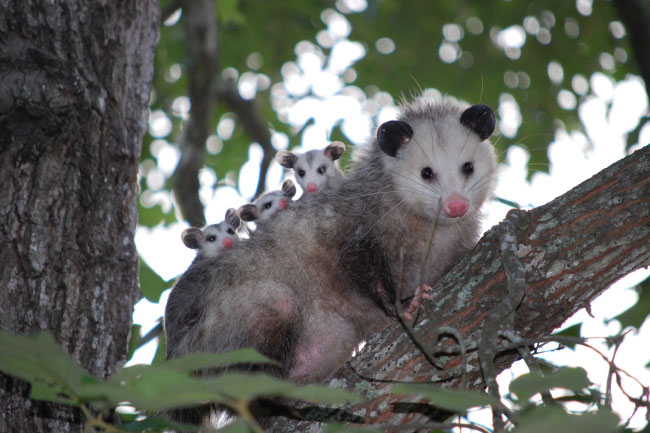
- Type of animal: Mammal (Marsupial)
- Where found: North and South America
There are over 100 species of marsupials known as opossums in the Americas, with the Virginia opossum being one of the most widely distributed and recognized in North America.
As with all marsupials, opossums give birth to underdeveloped young, called “joeys,” which make their way to a special pouch on the mother’s body to continue developing and nursing.
Opossums are omnivorous and active foragers, mainly at night, and have a diet that consists of a wide range of foods.
Owls
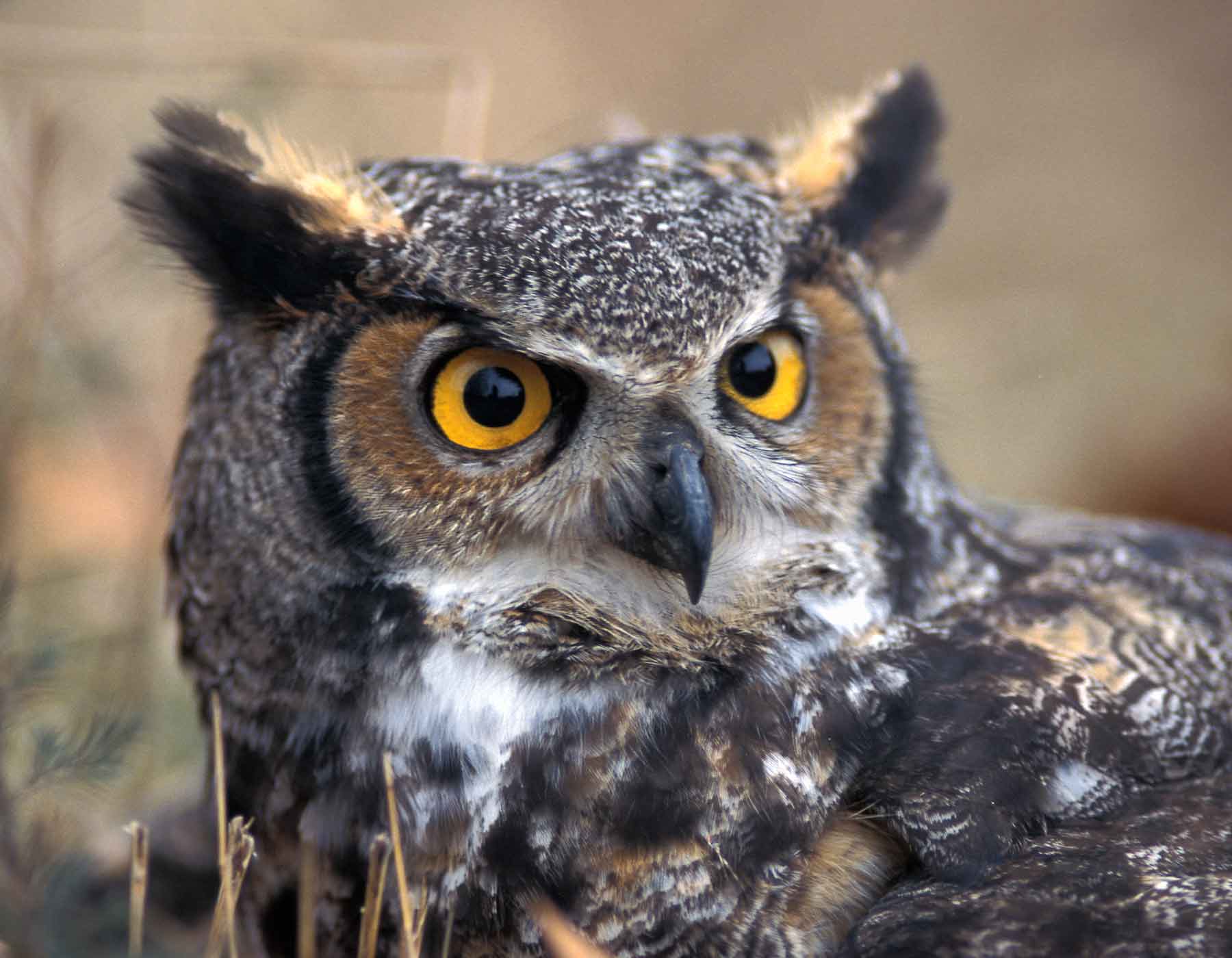
- Type of animal: Bird (order Strigiformes)
- Where found: All continents except Antarctica
While not all of the 240 species of owls are nocturnal, they are commonly known as nocturnal animals. Owls have remarkable hearing and eyesight that allow them to hunt their prey in low-light situations. They also have a large beak that provides them with strong night vision.
Owls’ ears are situated asymmetrically on their heads, allowing them to determine the direction of a sound. The stiff feathers that make up an owl’s spherical “face” help direct sound towards the ears.
Raccoon
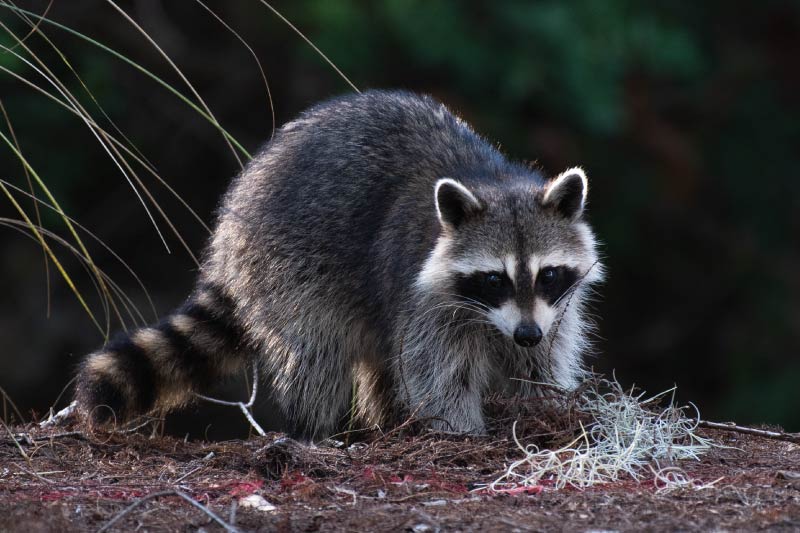
- Type of animal: Mammal (family Procyonidae)
- Where found: North America
The raccoon, with its distinctive black and white face, is a well-known North American animal. Once a forest creature, raccoons have adapted to various environments, including towns and cities.
Raccoons have a highly diverse diet, which includes insects, worms, the eggs of birds and reptiles, fish, and occasionally birds and mammals.
Rats
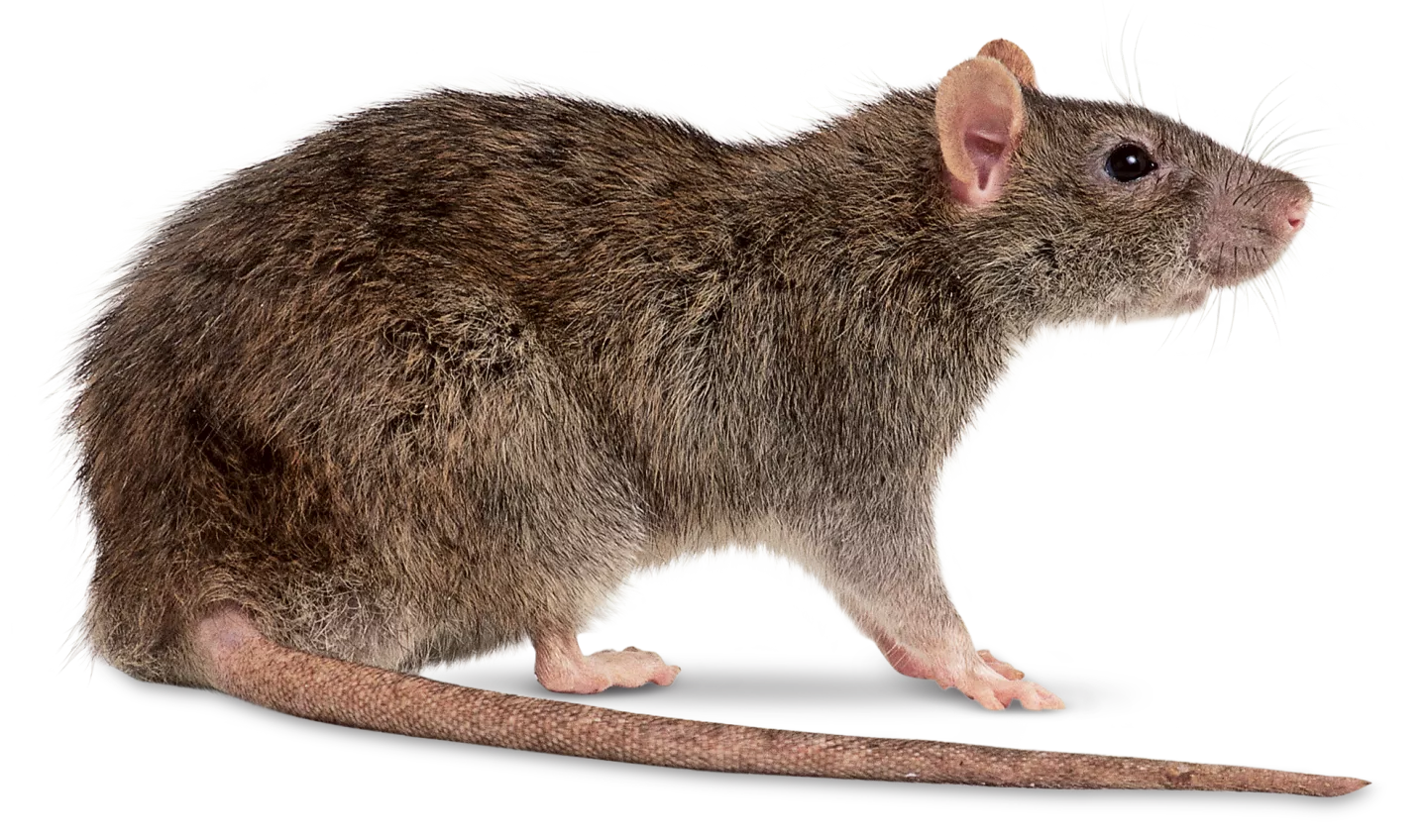
- Type of animal: Mammal (rodent of genus Rattus)
- Where found: All continents except Antarctica
The genus Rattus is comprised of the black rat and the slightly larger brown rat, which are the most commonly known and widely distributed species.
Due to the availability of food and shelter, rats are frequently found in human settlements. They have traveled with humans as they spread across the world, often as stowaways. The majority of the places where humans reside now have both the brown and black rat.
Rats are known to carry diseases and can cause severe damage to crops and goods. The introduction of these invasive rats has had a catastrophic impact on native wildlife in many areas.
Scorpions
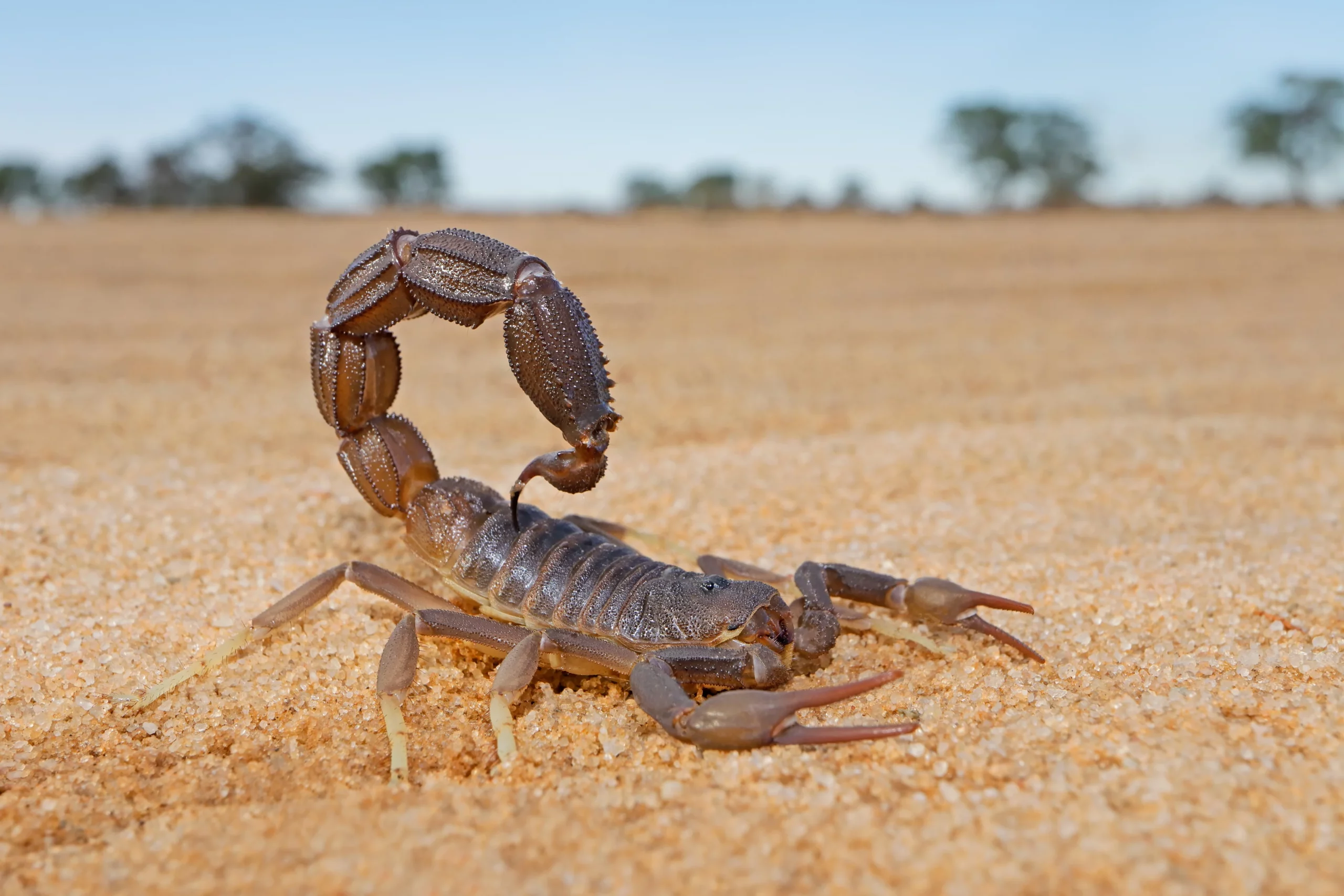
- Type of animal: Arachnid (order Scorpiones)
- Where found: All continents except Antarctica
Scorpions are arachnids characterized by their large claws and segmented tails, which end in a stinger. They have eight legs, with the exception of their pincers, which are modified mouthparts. Scorpions use their stingers to inject venom into prey or predators.
Scorpions are mainly active during the night, making them nocturnal creatures. They are capable of emitting a blue-green glow under ultraviolet light, which makes them more visible in the dark. Scorpion venom can be dangerous to humans, causing pain, swelling, and other symptoms.
Tasmanian Devil
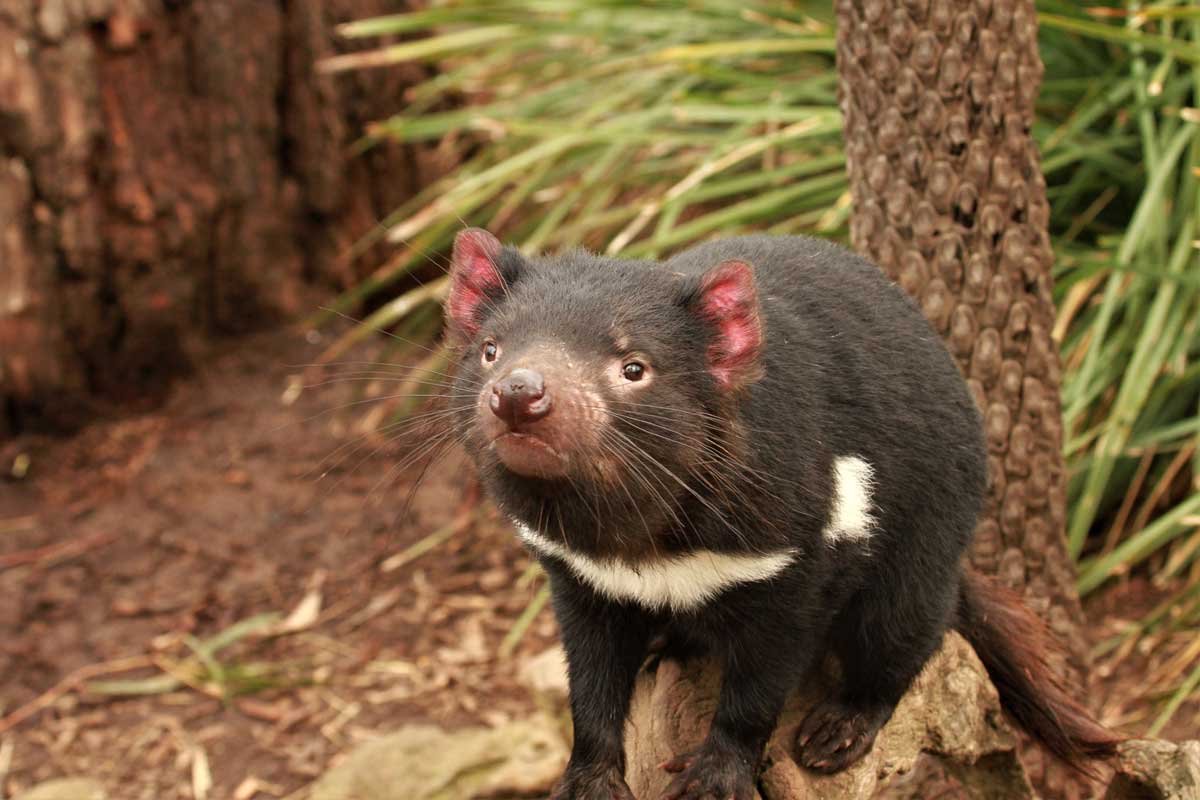
- Type of animal: Mammal (Marsupial)
- Where found: Australia
The Tasmanian Devil is the largest carnivorous marsupial found in Tasmania and belongs to the Dasyuridae family, along with quolls and other insectivorous or carnivorous marsupials. While most of these creatures are found on Tasmania, a few have been reintroduced on the Australian mainland.
The Tasmanian Devil is known for its aggressive feeding habits and nighttime howls, which have contributed to its fame. However, this iconic Australian species is currently endangered due to a disease that has been affecting its population.
Wolf
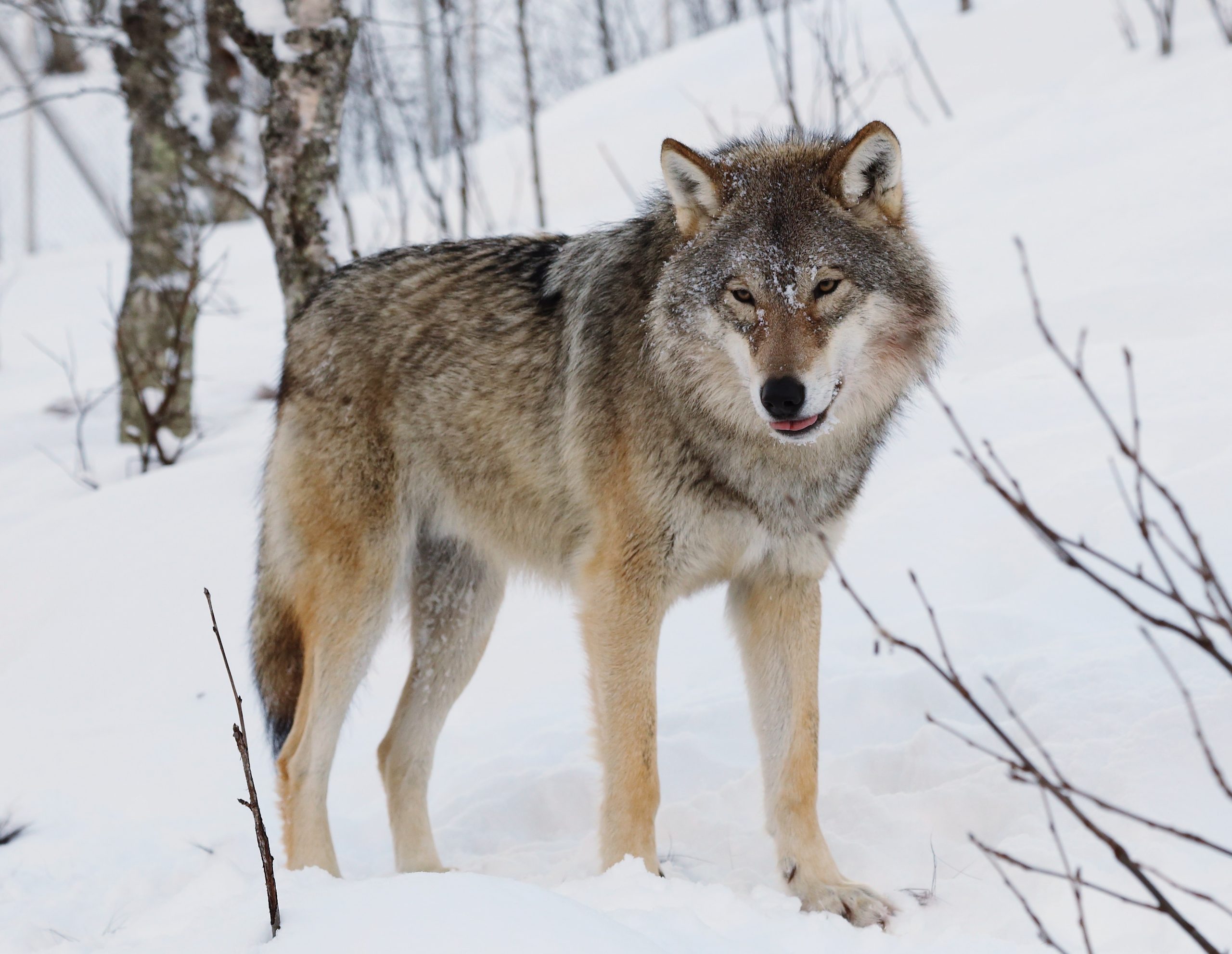
- Type of animal: Mammal (family Canidae)
- Where found: Throughout much of the Northern Hemisphere
The gray wolf, also known as simply the wolf, is the largest member of the Canidae family, which includes dogs. Wolves can be found in various habitats throughout their range, but they are most commonly associated with wilderness and forest areas.
They form packs, or family groups, to live and hunt together, which gives them an advantage in taking down large prey like bison and moose. Wolves are well-known nocturnal animals and their distinctive howling at night has led to their representation in mythology and folklore across different cultures.
Coypus

Coypu, also called nutria, is a semi-aquatic rodent found in South America. They have reddish-brown fur and a round scaly tail. Coypus are known to cause damage to wetland habitats, which led to their introduction in several regions across the globe, including the United States. Their fur is often sought after.
Gecko

Geckos are a type of lizard known for their unique ability to climb on vertical surfaces and even ceilings. They are also famous for their distinct vocalizations, which include chirping, clicking, and barking sounds. This feat is accomplished by their adhesive toes, which allow them to stick to a wide variety of surfaces. Geckos are also known for their vibrant color patterns and large, expressive eyes. They can be found in various habitats, including deserts, forests, and urban areas. Due to their interesting characteristics, geckos are often kept as pets.
Mole salamander

Mole salamanders get their name from their burrowing behavior. They are slender, sleek-bodied salamanders with a pointed snout, and they are native to North America. Mole salamander larvae mostly live in water and feed on small invertebrates, but they switch to a diet of insects, worms, and other tiny invertebrates once they grow up. The spotted salamander is one of the mole salamander species known for its unique color patterns.
American porcupine
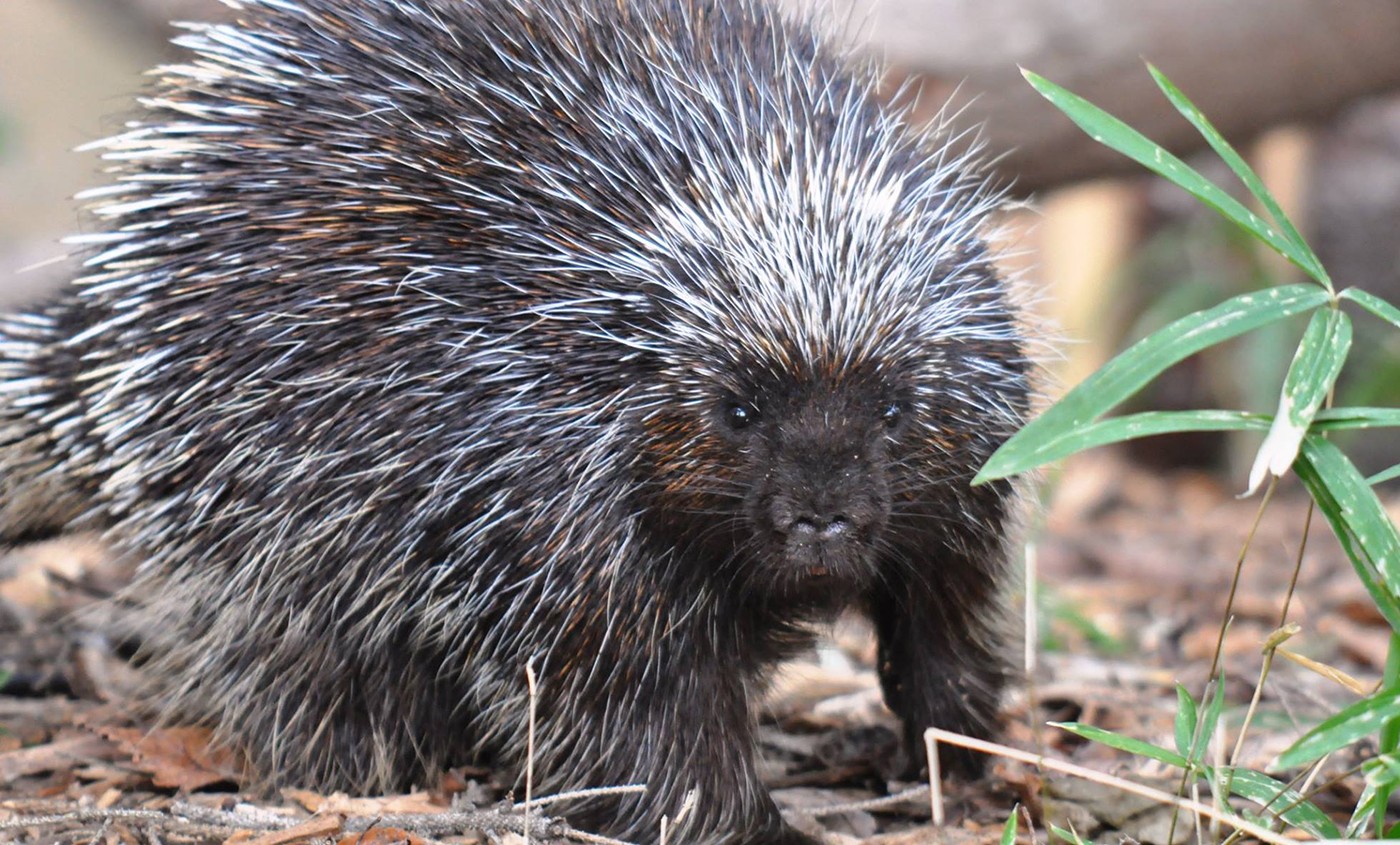
The American porcupine, which is native to North America, is a large rodent known for its unique feature – a coat of sharp quills that serve as a defense mechanism against predators. As herbivores, they feed on a variety of vegetation including tree bark and leaves. These slow-moving creatures can climb trees to find food or to escape from predators. Although they may form small groups during breeding season, porcupines are typically solitary animals.
Snowshoe hare
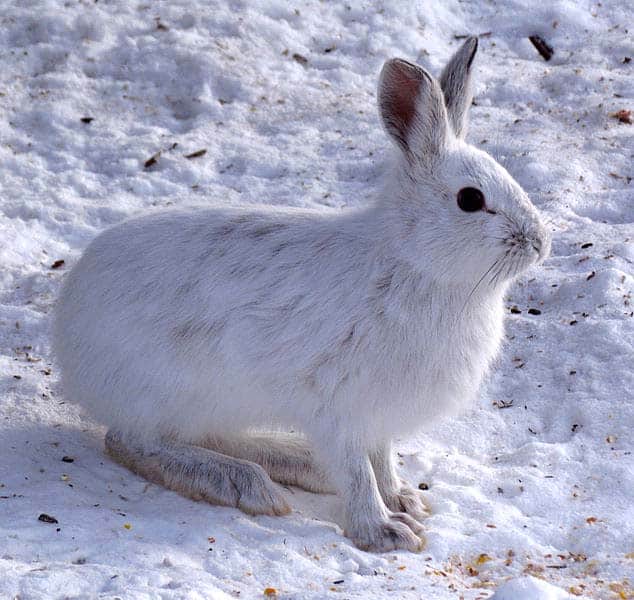
The snowshoe hare is a hare species that is native to North America. Its name is derived from its large, wide feet that enable it to move through deep snow. The snowshoe hare has a thick, insulating coat that turns white during winter, allowing it to blend in with its surroundings. During summer, its coat changes to brown. As herbivores, snowshoe hares feed on various plant materials such as bark, twigs, and leaves. Due to being a significant prey item, the snowshoe hare is hunted by several predators including lynx, foxes, and owls.
Green sea turtle

The green sea turtle, a type of sea turtle, can be found in warm and tropical waters worldwide. It has a transparent shell that reveals its greenish fatty color. As a herbivore, the green sea turtle primarily feeds on seagrasses and algae. However, it becomes more carnivorous as it grows, incorporating jellyfish, mollusks, and crustaceans into its diet. Human activities, including habitat destruction and pollution, pose a significant threat to the green sea turtle. It is a vulnerable species that is protected by international laws.
Hamster

Hamsters are small rodents that are often kept as pets. There are various species of hamsters available, including the Syrian and dwarf hamsters. They are nocturnal animals that are active during the night and sleep during the day. Their ability to store food in their cheek pouches and love for wheeled exercise toys has made them popular pets. Although they are social animals that enjoy human interaction, they may become aggressive and territorial if they feel threatened.
Binturong
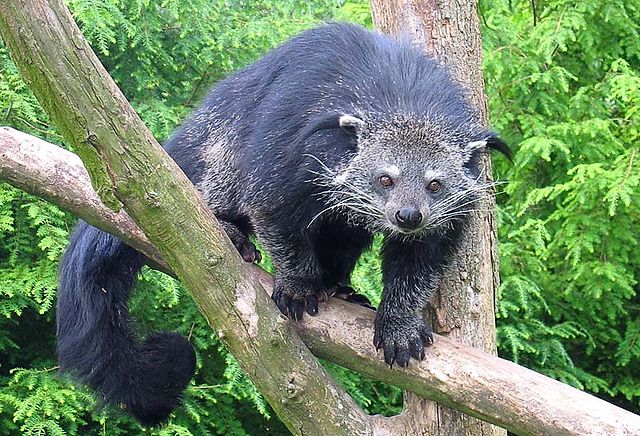
The bearcat, or binturong, is a Southeast Asian mammal that belongs to the Viverridae family, which also includes civets and genets. It has a shaggy coat and a bushy tail, resembling a bear. Binturongs are arboreal creatures and spend most of their time in trees. They are omnivores, feeding on a variety of plants and animals, such as fruit, insects, and small mammals. Due to habitat loss and hunting, binturongs are considered vulnerable species.
Iranian jerboa

The Iranian jerboa is a small rodent that lives in the deserts of Iran. It has a body similar in size to an 8 cm mouse and a long, bushy tail. Being a nocturnal animal, the Iranian jerboa is highly active during the night. It can move at speeds of up to 24 km/h using its long hind legs, which it uses to hop and bound across the desert. The Iranian jerboa is a herbivore that feeds on seeds, plants, and insects. With its thick fur, it is well adapted to withstand the harsh desert conditions.
Cockroach

Cockroaches are small insects that are often found in and around homes and buildings. The American cockroach and the German cockroach are two of the most frequently encountered species of cockroaches in human environments. They are known for their ability to survive in a wide range of conditions, and they can go without food or water for extended periods. Cockroaches are also prolific breeders, making it difficult to control them once they have established themselves in an area. They are considered pests because they can contaminate food and spread disease.
Kiwi

The kiwi, a flightless bird found throughout New Zealand, is recognized for its unique look with brown and gray feathers, a long slender beak, and small wings. As New Zealand’s national emblem, the kiwi is an emblem of pride for the country. The kiwi is a nocturnal animal, active during the night, and feeds on a variety of insects, worms, and small animals as an omnivore. However, habitat destruction and predation by introduced species like cats and stoats have made the kiwi vulnerable to extinction. Conservation efforts are in place to protect and preserve the kiwi population from further decline.
Beaver

The beaver is a semi-aquatic rodent found in North America, Europe, and Asia. It is known for its large size, webbed hind feet, and a flat tail. The beaver is an excellent swimmer and builder, using branches and mud to create dams and lodges that provide a safe home for itself and its family. Its diet is primarily made up of tree bark and leaves, particularly those of willow and aspen. Beavers are herbivores and play an important role in creating and maintaining aquatic habitats, making them a critical species in many ecosystems.
Numbat

The banded anteater, also known as the numbat, is a small marsupial that can be found in Australia. It has a pointed snout, a reddish-brown coat, and distinctive black and white stripes running down its back. The numbat is the only member of the Myrmecobiidae family. This diurnal animal is active during the day and is an insectivore that feeds mainly on termites. It has a long, sticky tongue that it uses to capture termites. The numbat is considered a vulnerable species due to habitat destruction and predation by non-native species such as foxes and cats.
Red-eyed tree frog

The red-eyed tree frog is a type of frog found in Central and South America, known for its striking appearance. It has bright green skin, red eyes, and orange and blue stripes on its legs and feet. The red-eyed tree frog is a nocturnal creature, active during the night, and it is highly skilled in climbing and living in trees. Its diet consists of insects like flies, moths, and beetles, making it a carnivorous species. Due to its unique and vibrant appearance, it is a popular choice as a pet.
Skunk
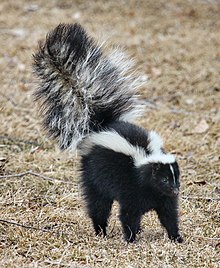
The skunk is a small animal that is well-known for its strong and unpleasant smell, which it uses as a defense mechanism against predators. Skunks have a variety of colors and patterns, including striped and spotted. They can be found in a variety of habitats, including forests, meadows, and urban areas.
As nocturnal animals, skunks are active during the night. They have an omnivorous diet that includes insects, fruit, and small animals. Skunks are solitary animals and prefer to live alone, except during the breeding season.
Cricket
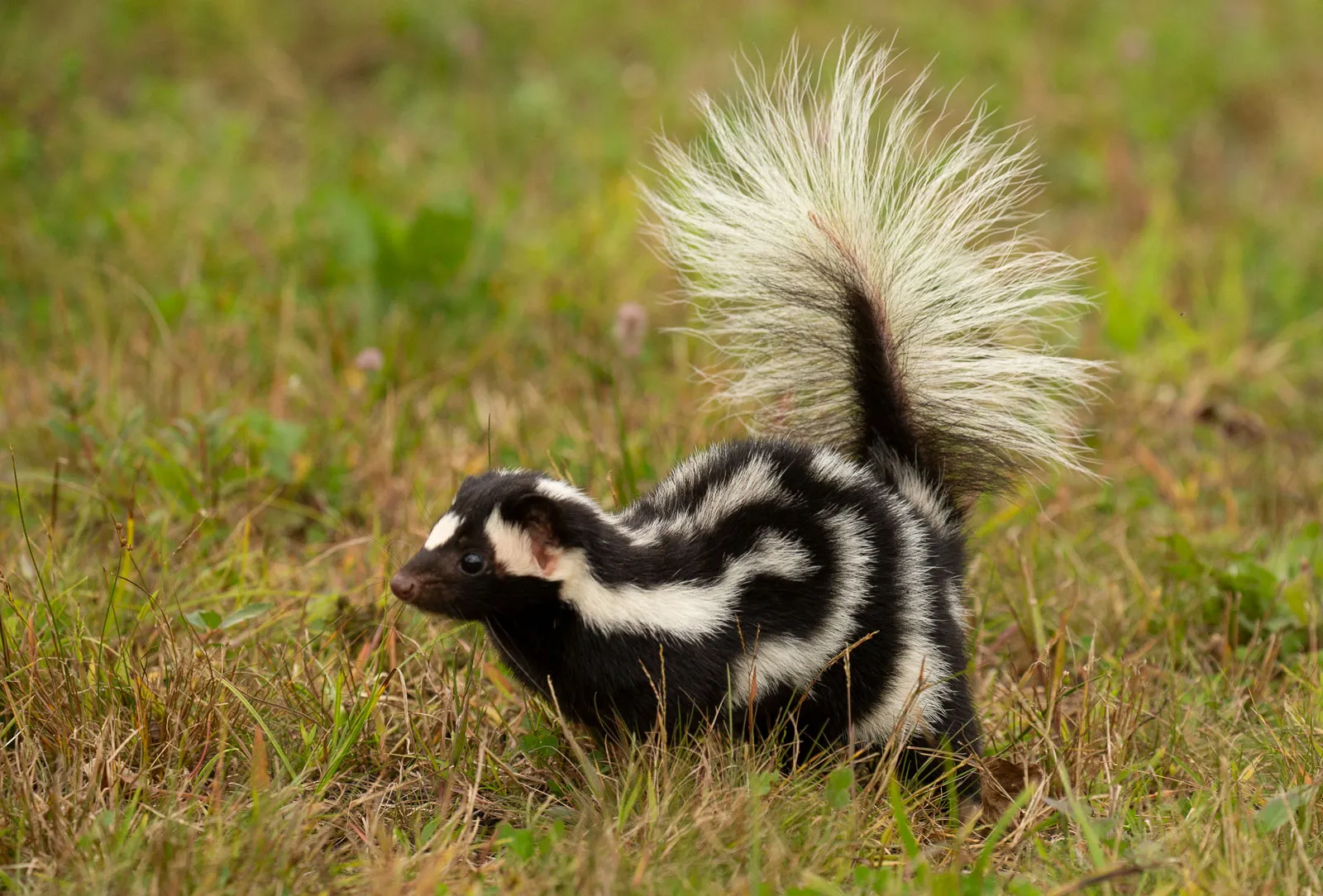
The chirping sound of crickets attracts people to them. They can be found in fields, woods, and gardens, as well as other various environments. Crickets are active during the night as they are nocturnal creatures. Although some cricket species may consume tiny insects, they are mostly herbivorous and eat plants and plant debris. Crickets are a major food source for many animals, including birds, frogs, and reptiles. They are a popular pet in many cultures and are used in traditional music and medicine.
Slow loris
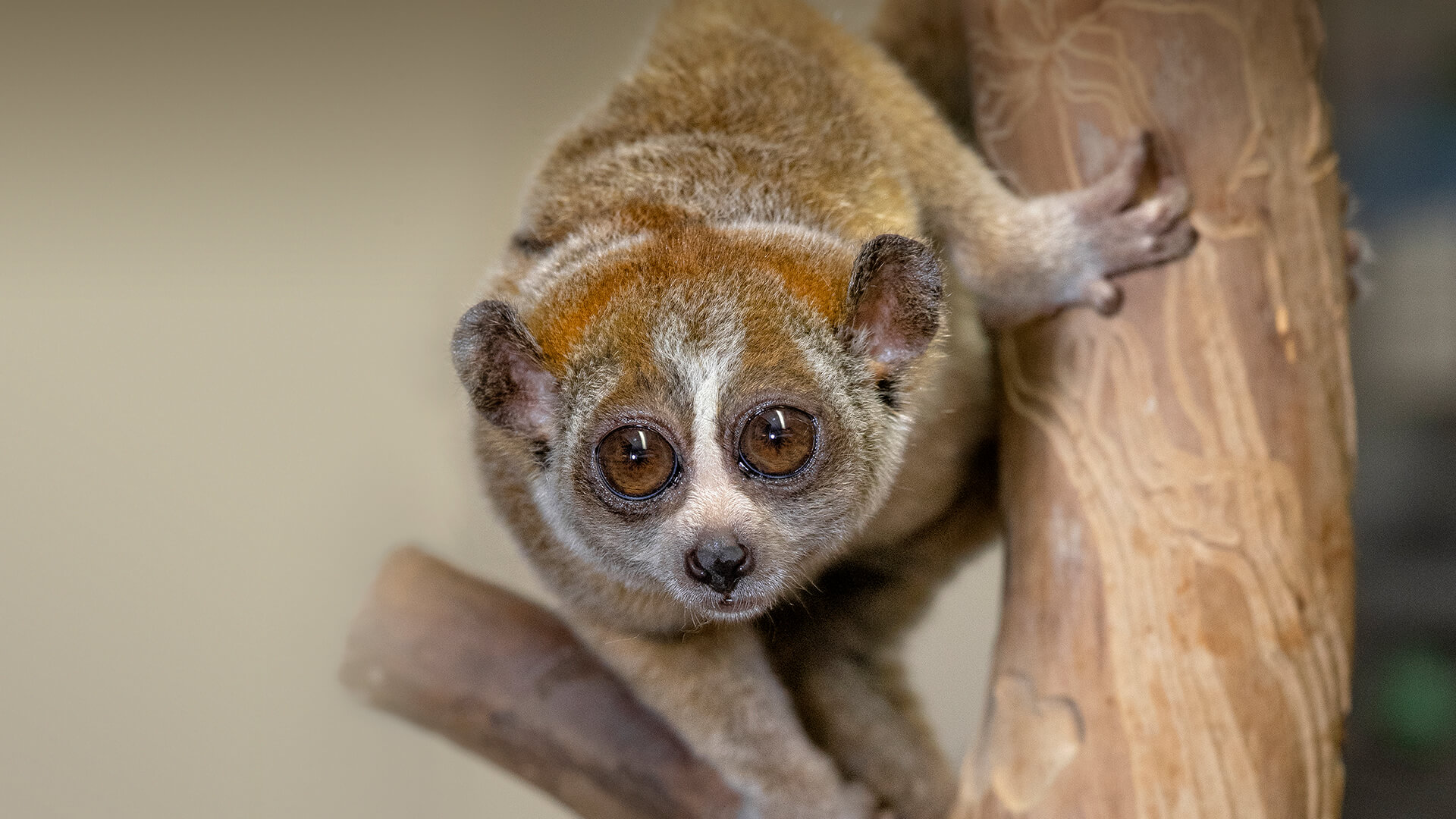
The slow loris is a tiny primate species that is native to Southeast Asia. It belongs to the Lorisidae family, along with the potto. As a nocturnal animal, the slow loris is active at night and is an arboreal species that spends most of its time in trees. It is a great climber and has a diet that includes fruits, insects, and small mammals, among other things. Slow lorises are omnivores that consume a wide variety of plant and animal-based foods. The slow loris is currently an endangered species due to habitat disruption and hunting.
Mink
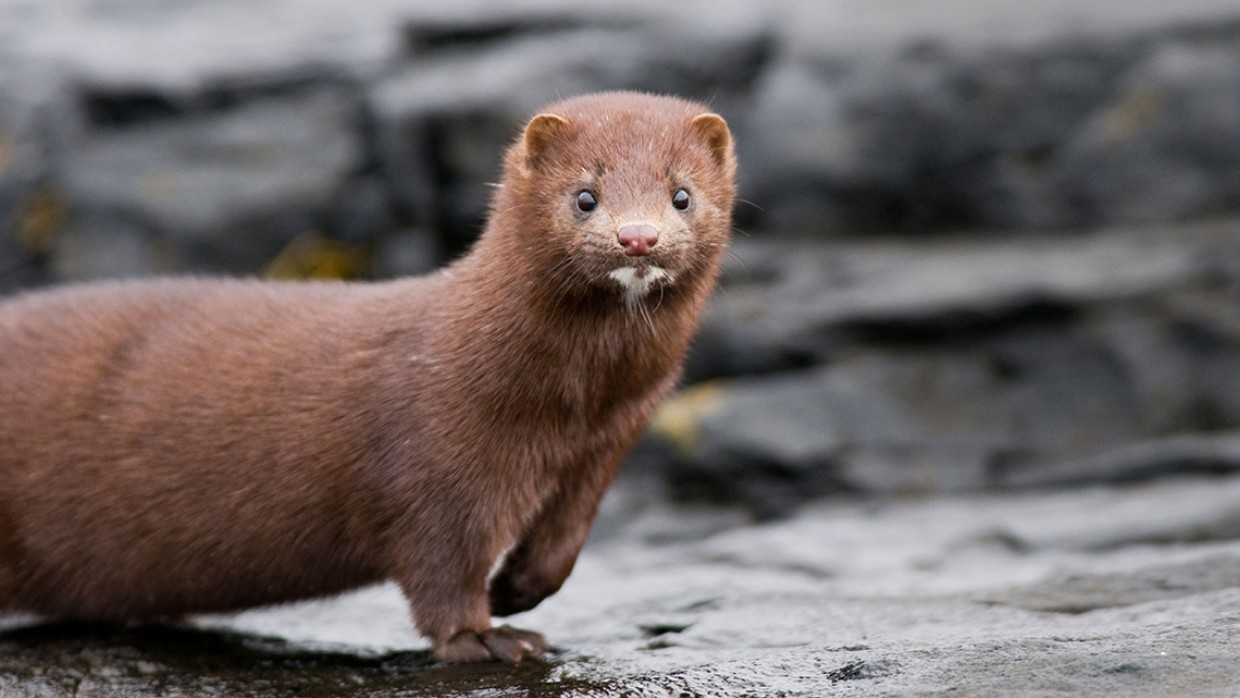
The mink is a small carnivorous mammal that can be found in North America and some parts of Europe. It is a semi-aquatic animal that belongs to the Mustelidae family, which includes otters, weasels, and ferrets. Minks are excellent swimmers and are well adapted to aquatic environments. They primarily feed on fish, birds, and small mammals. Mink fur is highly valued and used to make garments and other products. However, minks have also been known to cause harm to ecosystems and other species, making them a controversial animal.
Woodcock
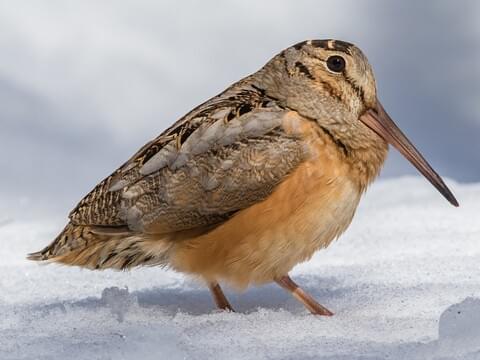
The woodcock is a wading bird that is found in wooded areas across Europe, Asia, and North America. It has a distinct appearance with a long, curved beak and large, round eyes set far back on its skull. The woodcock is primarily active during dawn and dusk, and it is a solitary bird. It feeds on insects, worms, and other invertebrates by using its beak to probe the soil. In many areas, the woodcock is hunted for sport and is considered a popular game bird.
Kangaroo

The kangaroo is an iconic marsupial that is native to Australia. It is known for its powerful hind legs and a long, muscular tail that it uses for balance and jumping. As an herbivore, the kangaroo feeds mainly on grasses and other vegetation. It is a solitary animal that is mainly active at dawn and dusk. The kangaroo has several different species, including the red kangaroo, the eastern grey kangaroo, and the wallaroo. It is a national symbol of Australia and appears on the country’s coat of arms.
Hermit crab

Hermit crabs are small crustaceans that use abandoned snail shells as protection. They can be found in a variety of marine habitats, including coral reefs, mangrove forests, and tide pools. There are numerous species of hermit crabs. Their diet includes algae, small invertebrates, and detritus, making them opportunistic omnivores. Hermit crabs live in large groups and can become aggressive towards each other as they are territorial creatures.
Koala

The marsupial koala lives in Australia. Grey fur, black ears, and a round, fluffy face distinguish it as a species with a distinguishing appearance. The koala spends the majority of its time in trees, which is an arboreal animal. It eats eucalyptus leaves nearly exclusively and is a herbivore. The koala is a nocturnal creature that is mostly solitary. It’s a popular attraction for visitors and is an iconic symbol of Australia. Due to habitat destruction and other human activities, the koala is now a endangered species.
Great gray slug

In Europe, Asia, and North America, the great gray slug is a large terrestrial slug species that lives in forests and other wooded areas. With some individuals reaching lengths of up to 25 cm, it is the world’s largest slug species. The nocturnal animal the big gray slug is is active at night. It eats leaves, stems, and fungus, among other things, and is a herbivore. The big gray slug, which aids in the breakdown of organic matter and nutrients recycling back into the earth, is a crucial component of many forest ecosystems.
May beetles
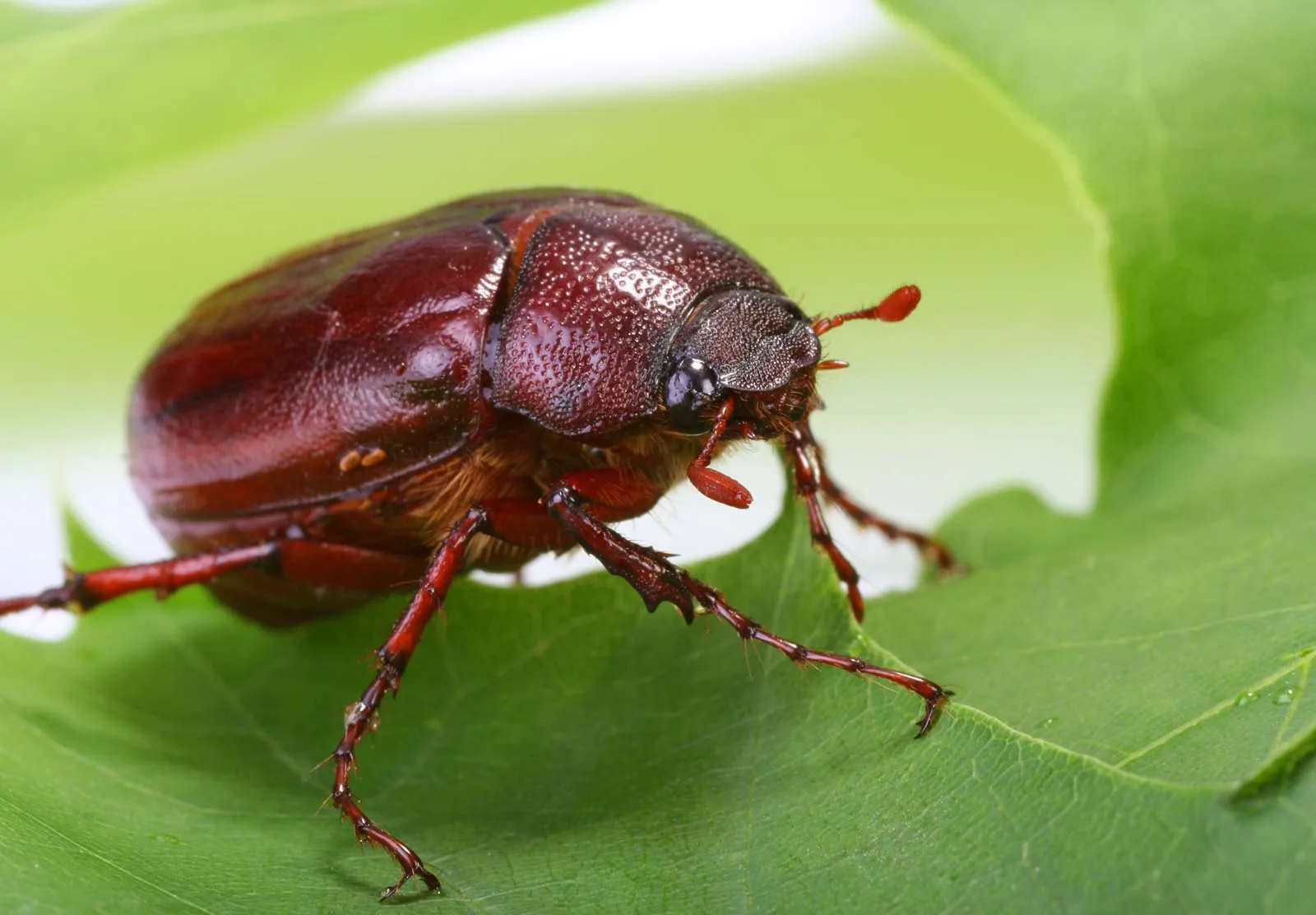
May beetles, also known as June bugs, are a kind of big, flightless beetle that may be found in gardens and other outdoor spaces. May beetles come in a range of colors, including green, brown, and black, and there are numerous distinct species. Nighttime activity is seen in may beetles, which are nocturnal animals. They eat the leaves, flowers, and other plant materials, and are herbivorous. May beetles are a common garden pest that may harm plants, but they are a important food source for several animals, including birds and mammals.
Wombat
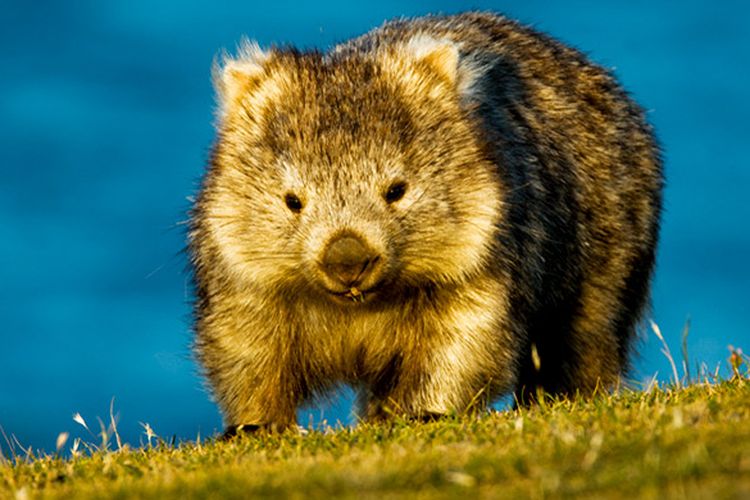
The wombat is a large marsupial that is endemic to Australia. It has a stocky body, short legs, and a strong, muscular tail, which is its most distinctive feature. The wombat is primarily a burrowing animal and creates intricate tunnels and dens underground. As a herbivore, the wombat feeds on grasses and other plants. It is a nocturnal animal that is mostly solitary, except during mating season. The wombat is a well-known symbol of Australia and is popular among tourists. There are three species of wombat: the common wombat, the southern hairy-nosed wombat, and the northern hairy-nosed wombat, which is critically endangered.
Pangolin

The pangolin is a small armored mammal that is found in Africa and Asia. Its body is covered with scales that act as armor against predators. It is the only mammal known to have this kind of body armor. Pangolins are nocturnal and are active at night. They primarily feed on ants and termites using their long and sticky tongue. As insectivores, they depend on these insects as their main source of food. Due to habitat loss and poaching for their meat and scales, the pangolin is now an endangered species. It is one of the most trafficked animals in the world and is protected by international laws.
Kinkajou

The kinkajou is a small, arboreal mammal found in Central and South America. It is a member of the Procyonidae family, which includes raccoons and coatis. The kinkajou is a nocturnal animal that is active at night and feeds on a variety of foods including fruits, insects, and small mammals. As an omnivore, it has a broad diet. The kinkajou is well adapted to living in trees and is a skilled climber. In some regions, it is kept as a pet, although it can be aggressive and may transmit diseases to humans.
Tarantula

Tarantulas are a type of big, fuzzy spider that can be found in various warm and terrestrial environments all over the world. They come in different sizes, colors, and patterns, and there are many different species. Tarantulas are mainly active at night and are considered nocturnal animals. They live in trees or caves and are generally solitary creatures. Tarantulas are carnivores and eat insects, small animals, and other arthropods. They are usually not aggressive towards humans, although some species may bite and cause pain.
Weddell seal

The Weddell seal, which lives in the oceans surrounding Antarctica, is a huge aquatic animal. Other seals and sea lions belong to the Phocidae family, which includes this animal. With a robust body, huge front flippers, and a thick, glossy coat, the Weddell seal is well-known for its unique appearance. It’s a fantastic swimmer that thrives in chilly, aquatic settings. A carnivore, the Weddell seal eats everything from fish to cephalopods and crustaceans. It is a sentinel species, meaning that changes in its population may signal wider environmental changes, and it plays an critical role in the Antarctic ecosystem.
Tarsier

The tarsier, a nocturnal primate endemic to Southeast Asia’s woods, is a tiny creature. With enormous, spherical eyes, long, slender fingers, and a long tail, it is noted for its distinct look. The tarsier spends the majority of its time in trees and is an arboreal animal. It feeds on beetles, crickets, and cockroaches and is an omnivore. The tarsier is a nocturnal animal that lives alone. Because of habitat degradation and human activities, it is considered to be a vulnerable species.
Octodon

South America’s Opodon genus of small herbivorous rodents. The common octodon, Chilean octodon, and degu are just a few of the many different species of octodon. Octodons live in huge groups or colonies and are social creatures. They are smart and fun, and they are most active during the day. Octodons eat fruit, seeds, insects, and small mammals and are omnivores that feed on a wide range of plant and animal foods. They’re typically kept as pets, but because of their social and nutritional requirements, they can be difficult to take care of.
Toad
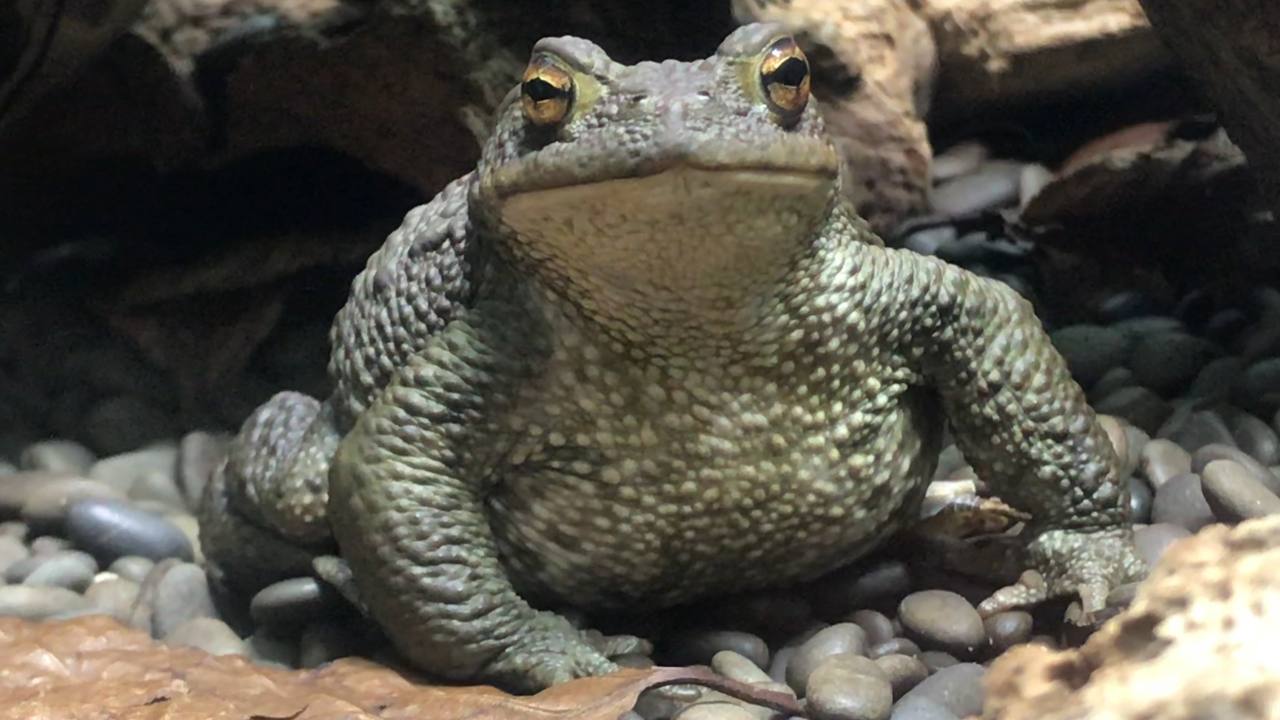
Toads and frogs are both part of the amphibian family, but toads have a distinct appearance. They have shorter legs, wider bodies, and drier, bumpier skin compared to their frog cousins. Toads are adapted for living on land and are typically larger and more terrestrial than frogs. They can be found in a variety of environments such as woodlands, meadows, and deserts. Toads are primarily nocturnal and active at night. As carnivores, they eat a variety of insects and small prey. Some toad species produce toxins to defend themselves from predators, and a few of them are poisonous.
Snow leopards

The snow leopard is a big carnivorous mammal that inhabits the highlands of Central and South Asia. These animals have a thick, beautiful coat that is white or pale grey with black markings and are members of the big cat family. Snow leopards are mainly active at dawn and dusk, and they are solitary animals. They are excellent climbers and have adapted to live in chilly, mountainous habitats. However, the snow leopard is an endangered species that is threatened by habitat destruction, poaching, and other human activities. Conservation efforts are being implemented to protect this species and prevent its extinction.
Nocturnal Animals List: Conclusion & Further Reading
We hope you’ve found the information about the many different species of nocturnal creatures fascinating.
